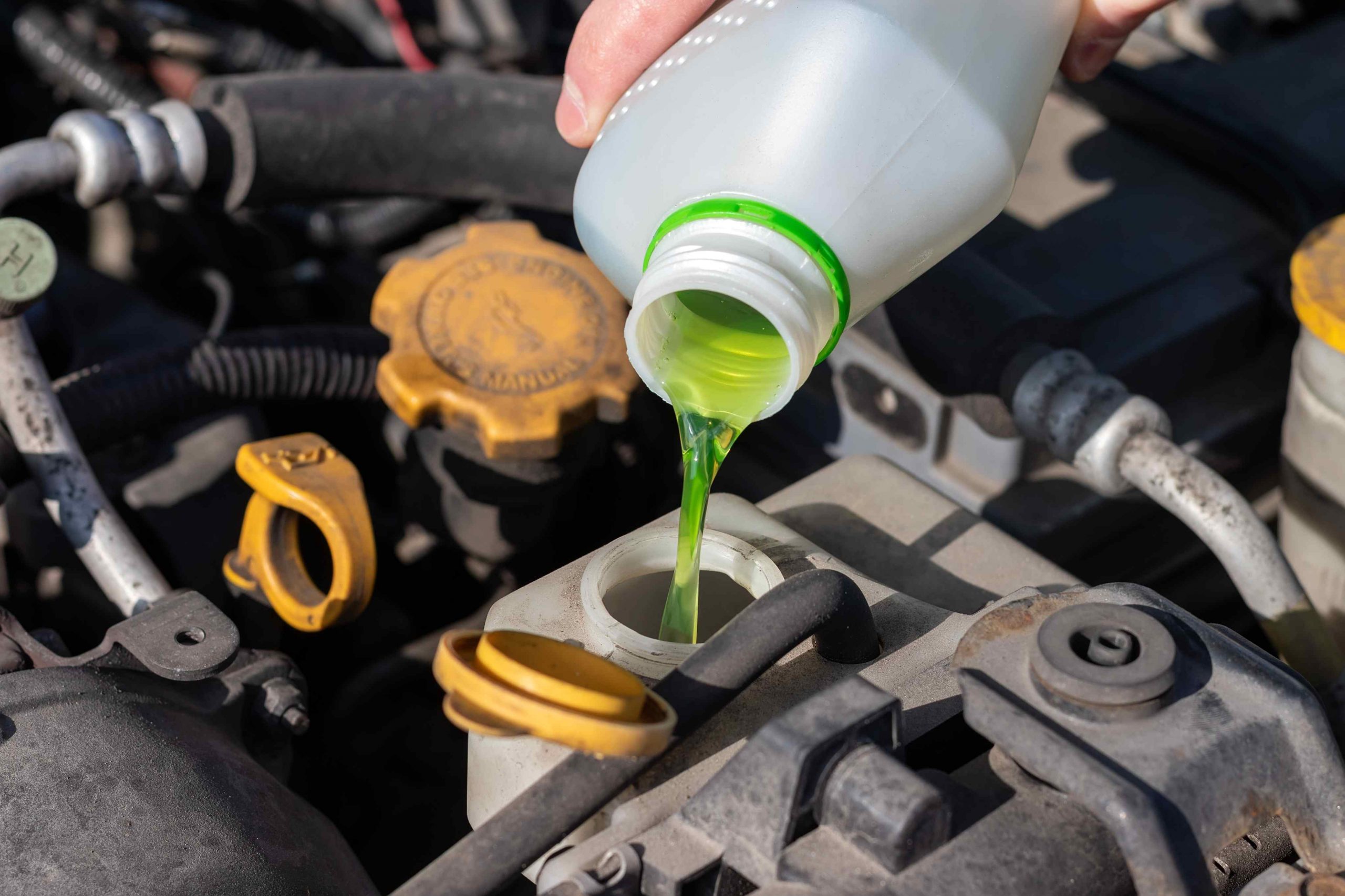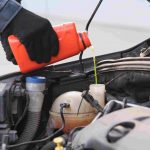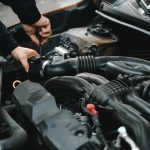Coolant leaks can be a frustrating and potentially damaging issue for vehicle owners. When left unchecked, they can lead to engine overheating, reduced performance, and costly repairs. In this article, we’ll explore some common problems associated with coolant leaks and provide practical solutions to help you address them effectively.
Problem: Damaged Radiator
Symptoms:
- Visible puddles of coolant beneath the vehicle
- Engine overheating
- Rust or corrosion on the radiator
Solution:
- Visual Inspection: Begin by visually inspecting the radiator for any signs of damage, such as cracks, corrosion, or leaks.
- Pressure Test: Perform a pressure test on the cooling system to identify any leaks in the radiator. A mechanic can use specialized equipment to pressurize the system and pinpoint the source of the leak accurately.
- Radiator Repair or Replacement: Depending on the severity of the damage, you may need to repair or replace the radiator. Minor leaks can often be patched up with epoxy or solder, while more extensive damage may require a complete replacement.
Problem: Hose Issues
Symptoms:
- Coolant dripping from hoses
- Soft, bulging, or cracked hoses
- Engine overheating
Solution:
- Visual Inspection: Inspect the coolant hoses for any visible signs of damage, such as cracks, bulges, or soft spots. Pay close attention to areas where the hoses connect to other components, as these are common failure points.
- Hose Replacement: If you notice any damage to the hoses, replace them immediately. It’s essential to use high-quality replacement hoses that are compatible with your vehicle’s cooling system.
- Regular Maintenance: To prevent future hose issues, perform regular maintenance on your vehicle, including checking and replacing coolant hoses as needed. Inspect them for signs of wear and tear, especially after long periods of use or exposure to extreme temperatures.
Problem: Faulty Water Pump
Symptoms:
- Coolant leaks around the water pump housing
- Engine overheating
- Whining or grinding noise from the water pump
Solution:
- Visual Inspection: Inspect the water pump housing for any signs of leakage, such as wet spots or stains. Check for any unusual noises coming from the water pump while the engine is running.
- Water Pump Replacement: If you suspect a faulty water pump, it’s crucial to replace it promptly to prevent further damage to the engine. Consult your vehicle’s service manual or seek professional help if you’re unsure how to replace the water pump yourself.
- Cooling System Flush: After replacing the water pump, flush the cooling system to remove any contaminants or debris that may have accumulated. Refill the system with fresh coolant and check for leaks before driving the vehicle.
Conclusion
Coolant leaks are a common issue faced by vehicle owners, but they can be effectively managed with the right knowledge and preventive measures. By understanding the common causes of coolant leaks and how to address them, you can ensure the longevity and performance of your vehicle’s cooling system.
FAQs
1. How do I prevent coolant leaks? Regular maintenance, including checking for leaks, replacing worn hoses, and inspecting the radiator, can help prevent coolant leaks.
2. Can I drive my car with a coolant leak? It’s not advisable to drive with a coolant leak, as it can lead to engine overheating and damage. It’s best to address coolant leaks promptly to avoid further issues.
3. How much does it cost to repair a coolant leak? The cost of repairing a coolant leak can vary depending on the severity of the issue and the components involved. It’s best to consult with a mechanic for an accurate estimate.
4. Can I use water instead of coolant in my car’s cooling system? While water can be used temporarily in emergencies, it’s not recommended for long-term use. Coolant contains additives that protect the cooling system from corrosion and freezing.
5. How often should I check my coolant levels? It’s a good idea to check your coolant levels regularly, especially before long trips or during extreme weather conditions. Ensure that the coolant level is within the recommended range indicated in your vehicle’s owner’s manual.
Last Updated on March 16, 2024 by admin

Mac is an Automotive enthusiast. He owns up to 15 vehicles. He deals with Auto problems and shows his skill to Car owners who are seeking any type of Car help.





